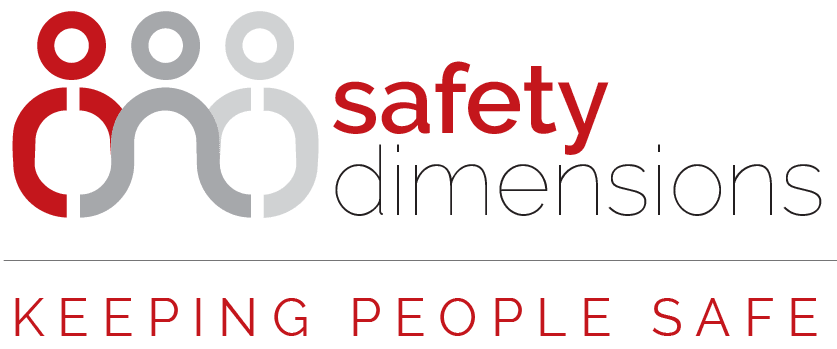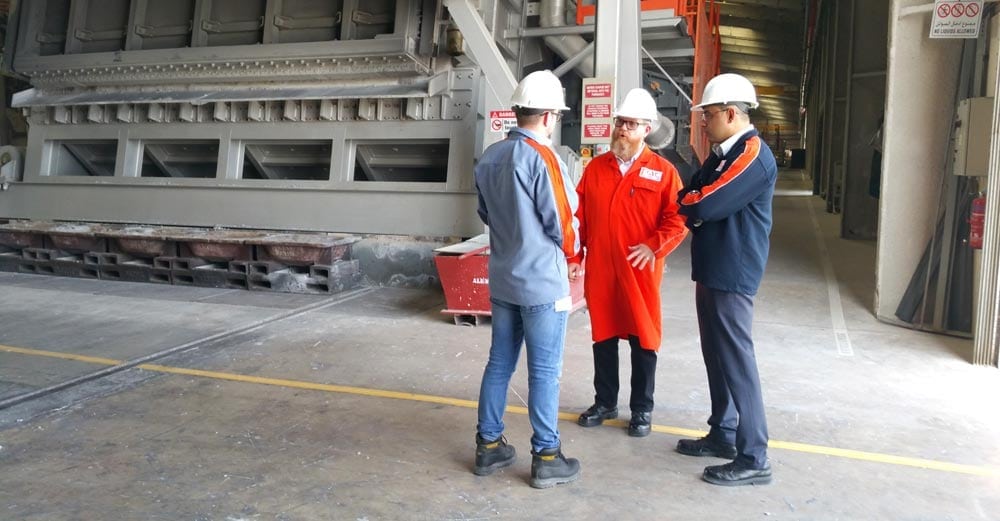Not getting improvements in your safety leadership culture, or safety statistics?
It’s highly likely your organisation has failed to engage your people at the hearts and minds’ level required to create and sustain a strong safety culture.
Research shows unsafe acts (behaviours) contribute to 80% of accidents or incidents, whilst unsafe conditions contribute to 20% of accidents or incidents (Hollnagel 1993, Reason 1990).
Frighteningly, this shows that people’s behaviours are more responsible for accidents than are unsafe environments. The statistics highlight that organisations can have the most stringent safety processes and procedures in the world, yet still have a high incident rate through a failure to engage workers’ values, beliefs, mindsets and attitudes – the keys to changing behaviour.
With a strong demand from organisations in Australia and the UAE, Safety Dimensions has developed a two-day Engaging Hearts and Minds – Creating And Sustaining A Strong Safety Culture’ program, which blends two safety approaches:
1. Engaging the mind through Behavioural Based Safety (BBS) focused on changing behaviour by understanding the mechanics behind our behaviour and;
2. Engaging the heart through Values Based Safety (VBS) which focuses on what drives behaviour at a deep internal level by aligning safety with the values and beliefs of the individual.
When blended together, Safety Dimensions’ approach captures the hearts and minds of a workforce to ensure sustainable behaviour change is achieved over time.
This highly practical eight-topic program is designed for groups of 8-20 people over 2 days.
Topics covered by participants are:
- Safety is personal – Understanding why safety is important to you.
- Safety in the workplace – When do you feel safe at work? Why?
- Why do people behave the way they do? The psychology of human behaviour and human factors
- Changing safety behaviour – Communication and consultation
- What makes a good safety culture – The Hudson maturity model
- Strengthening the culture – Identifying and managing risk
- Strengthening the culture – Setting standards
- Embedding new beliefs, attitudes and behaviours – The next steps
Need to engage hearts and minds of your people?
Call us to talk about how we can customise this program to specific needs of your organisation.
Phone 03 9510 0477, internationally on +61 3 9510 0477 or click below.
From our blog
How to nail your goals
Are you left with a bundle of New Year's resolutions which sounded like a good idea at the time, but never made it past the idea stage? Here are six hacks to revive those goals. 1. Know what you want and get SMART about it Goals work best if they have broader purpose...
Labour hire – what are your WHS obligations?
When hiring labour, no one should assume that someone else is taking care of health and safety. Everyone in the chain is required to know who is doing what and work together so risks are eliminated or minimised. With major construction and infrastructure projects all...
Why sleep is your superpower
Are you and your workers skimping on sleep? It's been proven that sleep deprivation not only means poorer performance, productivity and safety outcomes, but has an impact on our physical health. Researchers found workers losing just 16 minutes of sleep (from the 7-9...
The 4 team leadership mistakes you might be making
Being a leader means you're tasked with many responsibilities, across managing people and teams, organisational expectations and performance. Not every leader is awesome at all aspects of leading teams - here are four common mistakes you may be making: No...
Working well: An organisational approach to preventing psychological injury
Source: Comcare. Many employees will at times feel that they are not coping well at work for a variety of reasons. Some of these employees will experience some degree of stress as a result. While many people have strategies to deal with these situations, work-related...
How to Listen in 8 Simple Steps
Good communication has long been regarded as a foundation skill of strong leaders. With communication skills, a leader can build trust and robust relationships. They can successfully develop their teams, improve results and influence others. The core to communication...








